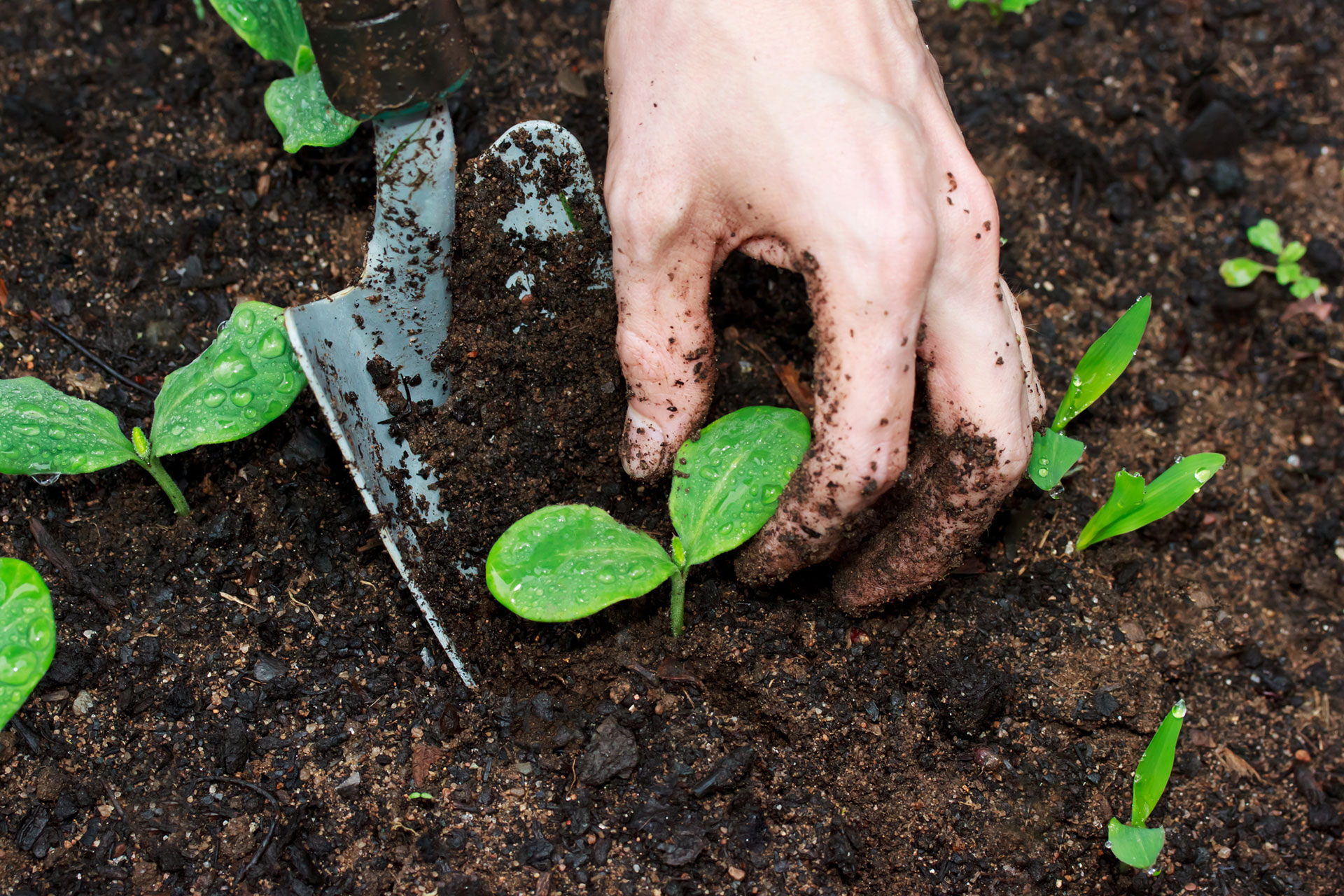Natural and Cultural Resources
Natural Resources
Government and Agencies within the county support the protection of natural and cultural resources and historic properties through appropriate response and recovery actions to preserve, conserve, rehabilitate, and restore them consistent with post-disaster community priorities and in compliance with applicable environmental and historical preservation laws.
Amenity value describes aspects of our physical environment that have some form of recreational, cultural or social importance. In local government terms, amenities may include physical structures such as libraries and community centers, swimming pools and sports fields. Other amenities may include things like scenic lookouts, riverside walkways, conservation estate, and culturally significant sites such as Ibapa and others. Pre-identification of the importance of such amenities to peoples’ social and emotional
recovery, will help prioritize recovery activities
Waste & Pollution Management
In the early stages of recovery, the adverse effects of the disaster in respect of waste and pollution must be addressed. Where physical devastation has occurred and debris removal is underway, access to and sites for waste dumps must be identified and consent processes may be fast-tracked. The very nature of the event may dictate the scale and type of waste – for example pre-planning for volcanic ash disposal is critical to recovery in areas subject to volcanic activity. Society continues to function after any disaster, so both human waste (sewage) and garbage must continue to be disposed of. Systems and access to disposal sites/plants may be impaired by the event.
Biodiversity & Ecosystems
By virtue of its desert location, Tooele County has environments and ecosystems that can be placed at risk by disasters. For example, severe storms or droughts may result in the loss of habitat and foodstuffs for species. Pollution events may damage local ecosystems or target specific species. Sound recovery practices can lessen the impacts on biodiversity. Biodiversity recovery activity should be a cooperative process led by the specialist agencies supported by local authorities and involving the wider community.
Cultural Resources
Cultural resources can be defined as physical evidence or place of past human activity: site, object, landscape, structure; or a site, structure, landscape, object or natural feature of significance to a group of people traditionally associated with it
Natural disasters may alter the landscape, infrastructure and transport routes to such an extent as to restrict or destroy access to resources that form part of the economic and social ‘lifeblood’ of the area. Whole areas of productive land may be rendered useless for farming, forestry or cropping by severe floods, or other types of disaster activity. Crops, trees and stock may need immediate processing via resources outside of the impacted area in order to recoup some of the financial loss. Loss of a quarry, mine or water-source for industry may result in economic downturn and unemployment, with long-term social and cultural consequences.


